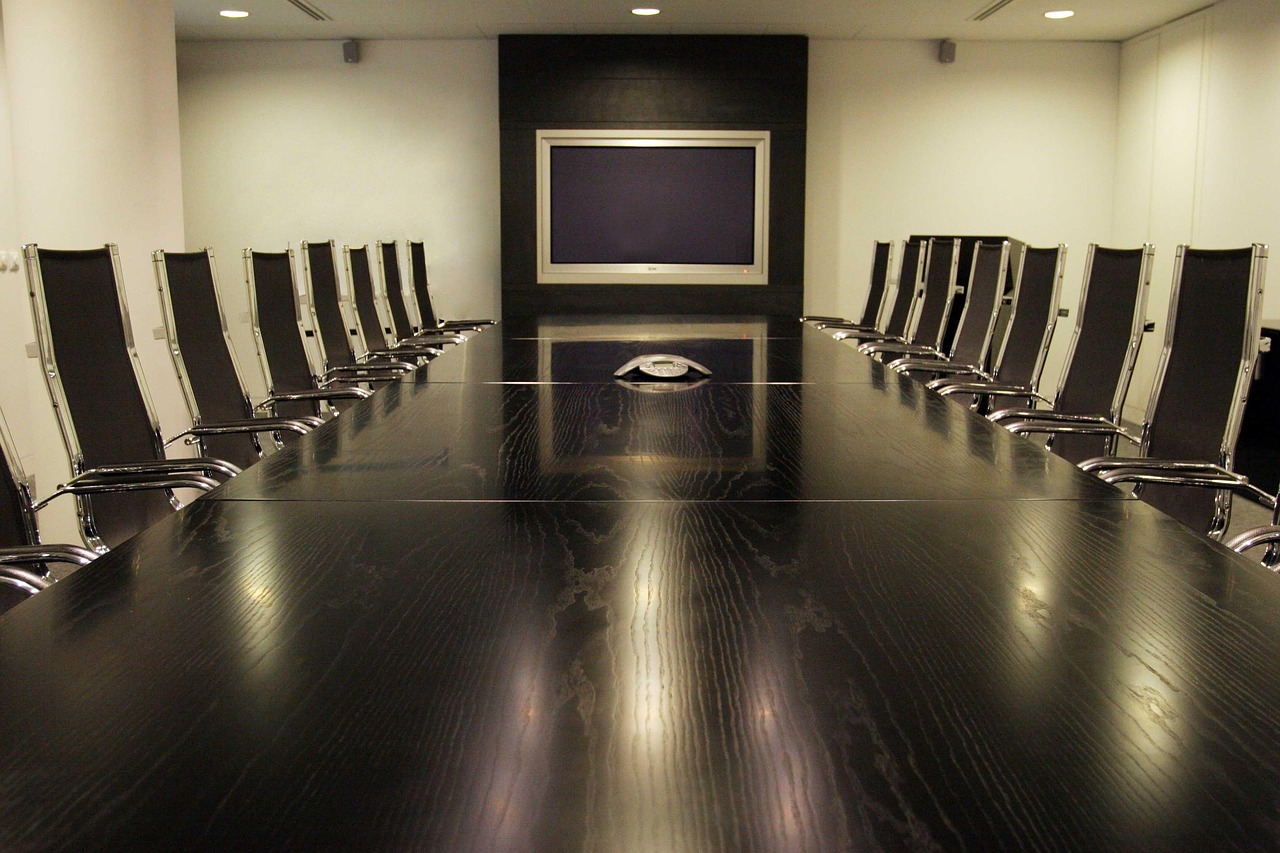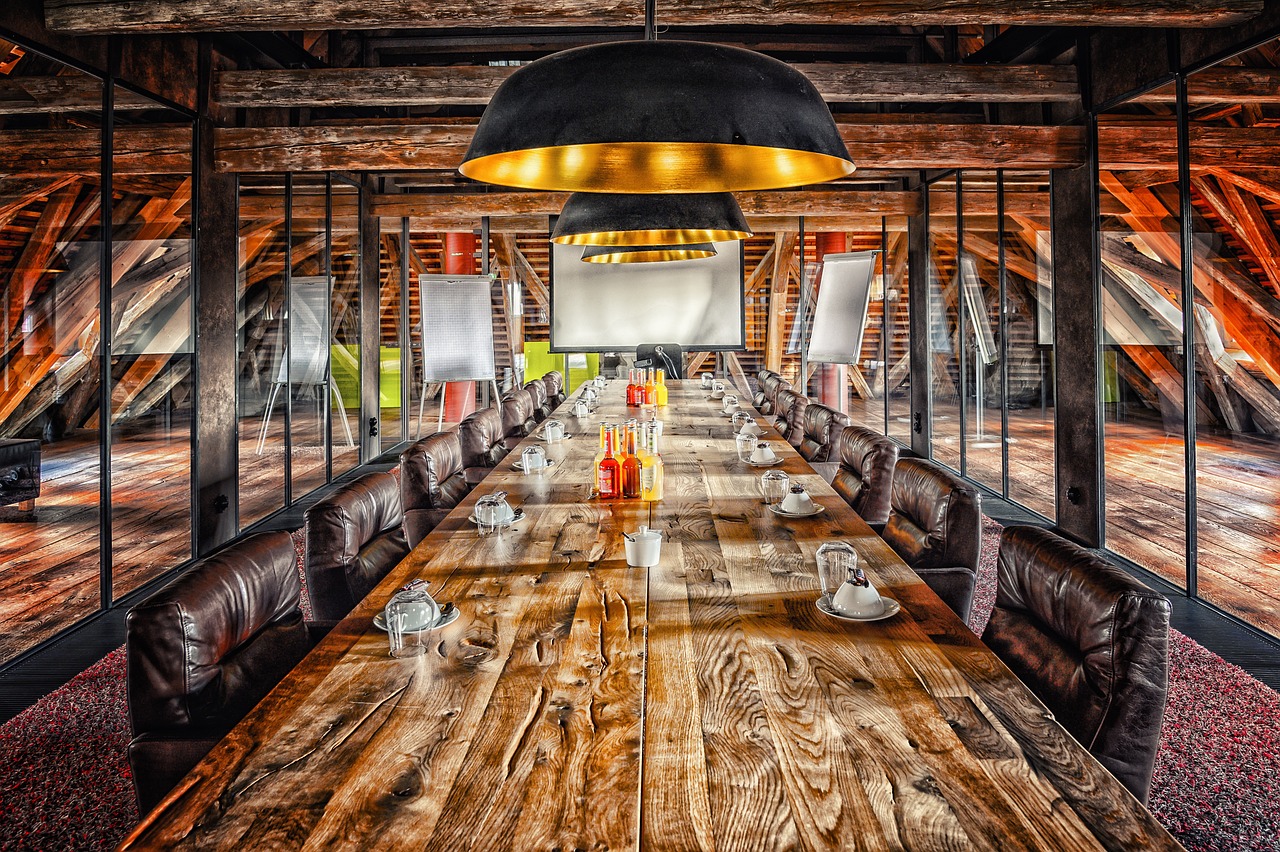
A well-designed conference room is a critical element of any business, serving as a space for collaboration, brainstorming, and decision-making. Whether hosting client meetings, team discussions, or virtual conferences, the right environment can set the tone for productive interactions and leave a lasting impression. When it comes to conference room design, several factors must be taken into consideration to ensure a professional, functional, and visually appealing space. Here are some of the best practices for designing a conference room that reflects your company’s professionalism and supports effective communication.
Layout and Functionality
The layout of your conference room should prioritize functionality and comfort. The space should accommodate the intended number of people without feeling overcrowded. Typically, long rectangular tables work well for board meetings, while round or oval tables encourage a more collaborative atmosphere. The arrangement of chairs is equally important—ensure that all participants have a clear line of sight to the presenter or presentation screen. A flexible layout with movable furniture can also be useful for different types of meetings, from formal discussions to group brainstorming sessions.
Technology Integration
In today’s digital age, a modern conference room must be equipped with state-of-the-art technology to facilitate seamless communication. This includes high-definition video conferencing tools, interactive whiteboards, and sound systems that ensure clear audio during virtual meetings. Wireless presentation systems and smartboards can also streamline collaboration, allowing participants to share documents, images, or videos effortlessly. When selecting tech gear, ensure that cables are neatly organized and out of sight to maintain a clean and professional look.

Lighting
Lighting plays a crucial role in setting the right atmosphere. Natural light is ideal for promoting energy and productivity, so if possible, choose a room with large windows or proximity to natural light sources. To complement this, consider adjustable LED lighting that can be dimmed or brightened according to the needs of the meeting. Avoid harsh fluorescent lights, which can cause fatigue, and opt for soft, warm lighting to create a welcoming and comfortable space. Task lighting, such as table lamps or overhead fixtures, can also help illuminate workspaces during presentations or brainstorming sessions.
Acoustics
Sound quality is another essential consideration in conference room design. A room that’s too echoes or noisy can distract from discussions and hinder effective communication. Incorporating sound-absorbing materials, such as carpets, acoustic panels, or upholstered furniture, can reduce reverberations and prevent external noise from disrupting meetings. A well-constructed ceiling and wall materials designed for soundproofing will ensure clarity during presentations and conference calls.

Color Scheme and Branding
The color scheme of the room should reflect your company’s brand identity while promoting a professional atmosphere. Neutral tones such as gray, white, or beige are often chosen for a sophisticated look, but incorporating brand colors through accents like wall art, furniture, or cushions can add personality without overwhelming the space. Avoid overly bright or clashing colors that may distract or cause discomfort during long meetings. A balanced, clean design is always key to a professional conference room.
Furniture and Comfort
Investing in comfortable, ergonomic furniture is essential for maintaining focus and comfort during meetings. Chairs should offer ample back support and be adjustable to suit different body types. A large conference table made of high-quality materials like wood, glass, or metal will convey a sense of sophistication and authority. Additionally, adding elements like plants or artwork can create a more welcoming and less sterile environment, making the space feel less intimidating and more conducive to collaboration.
Storage Solutions
A clutter-free environment is crucial for a professional conference room. Incorporate built-in storage solutions like cabinets or shelves to keep meeting supplies, documents, and office equipment organized. Having a place to store items ensures that the space remains tidy and helps minimize distractions during meetings.
Designing a conference room that strikes the perfect balance between professionalism and functionality requires careful attention to detail. By considering elements such as layout, technology, lighting, acoustics, and comfort, you can create a space that fosters productive collaboration and leaves a lasting, positive impression on clients and colleagues alike. The key is to create an environment where communication flows seamlessly, and the company’s professionalism is evident in every design choice.

Author Bio
Ar. Ankita is a landscape architect by profession, she has been dedicatedly practicing in the field of landscape architecture for more than five years and has a strong commitment to environmental research. Her passion for aesthetics and deep-seated creativity make her a part of IVS.

